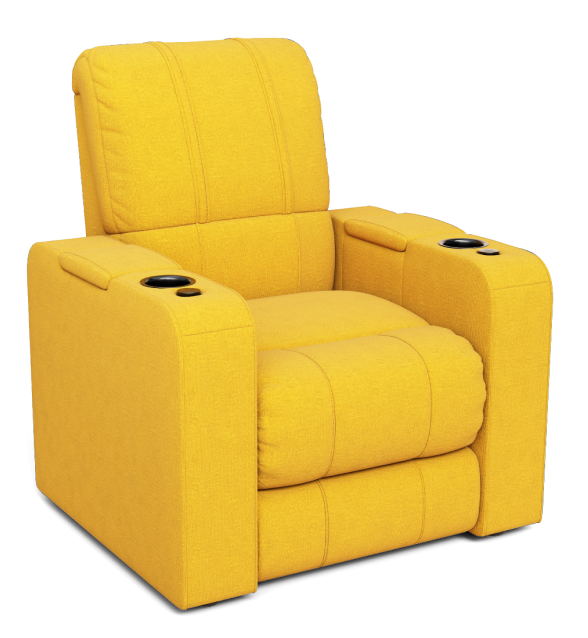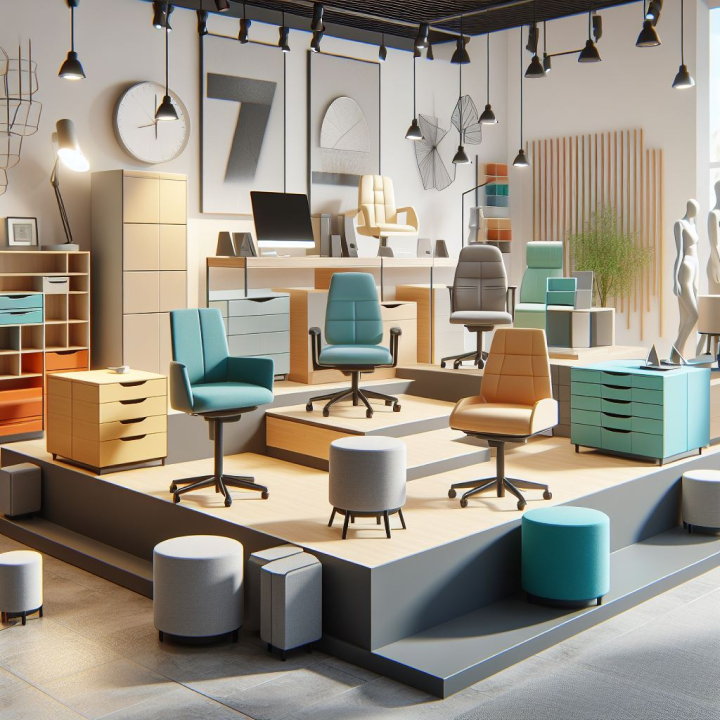Augmented Reality (AR) is a UI/UX experience that layers digital elements onto the real world. You’ve probably experienced AR in action, whether or not you knew it. Maybe you’ve used the filters on Snapchat to add cat ears on top of your friend’s head while you take a selfie video. Perhaps you’ve used Pokémon Go, where you can see a digital creature superimposed on top of your camera’s live video feed.
With Augmented Reality, retailers can establish a new way to compete with an entirely new customer experience, leading to higher sales and increased customer satisfaction. In the coming years, augmented Reality will become even more prominent than now. Here are some interesting augmented reality stats about this emerging technology.

1% of retailers claim to make use of Augmented Reality (AR) in the buying process
A recent report from Mobile Marketer shows that only 1% of retailers are currently using AR in their customer buying experience. Retailers who sell products online benefit from this technology, as customers can visualize their products in the space they will occupy before they buy them. This approach can help improve online shopping satisfaction, which leads to more sales.
71% of shoppers stated they would shop more often if they used AR
Augmented Reality (AR) allows customers to interact with digital information overlaid on top of the physical world. This technology can help businesses better meet their customers’ expectations and increase customer loyalty by assisting them in making an informed purchase.
61% of consumers say they prefer retailers that provide augmented reality experiences
To increase customer satisfaction, IKEA has released an app that allows customers to visualize furniture in their homes with real-time customizations. By using Augmented Reality to their advantage, retailers can see decreased returns and fewer wasted logistics costs.
AR Market Value is estimated to reach $50B by 2024
AR technologies can impact every corner of this growing industry. Big companies are investing in this new technology; Facebook recently acquired Scape, an AR company focused on creating a 3D map of the physical world. AR will become an integral part of our lives and will significantly impact all industries in the coming years.
52% of retailers say they are unprepared to integrate AR into their retail practices
52% of retailers are not prepared to use new technologies such as Augmented Reality. This is according to the same report from Mobile Marketer. The technology requires photogrammetry and 3D modeling, which can be very costly for retailers who need to take inventory photos of their items. Tulfa offers on-demand photorealistic AR and VR services for businesses to thrive in this new market.
100M Shoppers will use AR to Shop
According to Gartner, more than 100 million consumers will use AR to shop in 2020. Most customers would have a similar shopping experience in a traditional brick-and-mortar store. The use of Augmented Reality (AR) in the retail space allows for the customization of product offerings for each shopper. A targeted offering in the retail space allows augmented reality shoppers to have a more engaging, customizable experience.

$18.8B in Revenue to be Generated From AR/VR Globally
Research firm IDC predicted that in 2020, global spending on augmented reality (AR) and virtual reality (VR) technologies would reach up to $18.8 billion, a 78.5% increase from 2019. As consumers increasingly look for richer engagement points during the shopping experience, businesses across the globe are coming up with creative ways for the competition. Over the next five years, the global VR/AR market will grow at 77 percent annually.
40% of Shoppers Say they would pay more to customize their product in AR
The Internet is a significant sales channel for e-retailers, accounting for 11% of retail sales. Online retailers can enhance their products’ digital presence with augmented Reality. Compared to in-store shopping experiences, AR allows online shoppers to see, touch, and feel a product’s potential in their home or workplace. However, customers shopping online are disappointed by the lack of visual and tactile feedback. This leads to less confidence in the product and more frequent returns.
5% of Augmented Reality Use Will Be In Retail By 2022
AR is undoubtedly the future of e-commerce. Many companies are already using AR, and retail is expected to account for 5% of AR use by 2022. With Tulfa’s Augmented Reality, retailers can increase conversions by 40%. This helps the business grow and means more customers for your business.

66% of Japanese Consumers Want AR Experiences In-Store
Japan has a long history of using Augmented Reality in its retail sector. In 2009, the country’s first AR application was launched, allowing consumers to see additional product information superimposed onto their physical environment. By 2014, 66% of Japanese consumers wanted offline stores to offer AR experiences. Today, big-box retailers and department stores can provide an enriched shopping experience by allowing consumers to navigate through a shopping list using their mobile devices or see potential product pairings on their tablets.
32% Of Consumers Prefer Using AR While Shopping
The path to purchasing has constantly changed, with 32% of consumers using Augmented Reality while shopping in 2020. A well-designed AR experience will engage customers and help them focus on the selling points of your product. When providing a customer with an opportunity to engage, businesses also expose their customers to the potential for low satisfaction. A recent survey reveals that 73% of mobile AR users are delighted with the experience.
Over two-thirds (67%) of advertising agencies report making greater use of Augmented Reality.
Vibrant Media reports that advertisers are finding success with Augmented Reality ads. The automotive, travel and entertainment industries will benefit from Augmented Reality marketing campaigns.

AR and VR can boost conversion rates by as much as 40%.
Using three-dimensional technologies in your online shopping experience can increase sales by up to 40 percent. Augmented Reality also can increase confidence in purchasing decisions, increase customer satisfaction after the sale, and reduce return rates.
16% of retailers use AR for sales.
Consumers can make informed choices after selecting which products will work for them. AR can significantly influence the option of what product to purchase. AR and VR realistically depict the brand’s products to drive customers toward making purchases.
70% of consumers in the 16-to-44 age bracket are aware of AR.
The impressive aspect of Augmented Reality is that it has been available to most consumers for only a few years. We’re seeing an adoption rate reminiscent of the early days of eCommerce.
In 2020, 83.1 million Americans used augmented Reality every month.
According to a study released in 2020, 83.1 million consumers in the US used Augmented Reality monthly. That accounts for 15% of the population. Due to the large user base of print media, brands were able to engage with their consumers primarily through print in years past. With the increasing popularity of AR technology, now is a great time to start capitalizing on the growing market for both marketing and point-of-sale product engagement.

26% of smartphones are compatible with Apple’s ARKit or Google’s ARCore.
Apple’s ARKit and Google’s ARCore, two developer tools for creating Augmented Reality (AR) apps, have been available to most smartphone owners. These technologies are quickly being integrated into many popular apps. Many brands are unaware that most web browsers include WebVR and other 3D technologies. 3D product customizations work on every device, everywhere—that’s what Tulfa XR offers to your online store.
Augmented Reality Has a Potential Audience of Over 1 Billion People Worldwide
With over 1 billion people using AR apps every day, businesses must innovate to meet customers’ needs. Apple launched its ARKit platform, and Google released ARCore. Tim Cook said that as people become more comfortable using AR, retailers have to innovate to adapt to changing markets.
Forty percent of AR retailers use AR to help customers make purchasing decisions.
Augmented Reality (AR) can be a great way to showcase your products and services more engagingly than traditional 2D images. With Augmented Reality, consumers can see how the product will look in their environment.

Enhance Your Customer’s Experience Today!
Tulfa is a creative group of individuals who design virtual try-on, personalization, and visualization experiences for items ranging from apparel to shoes to cosmetics to furniture. We are passionate about our work and committed to customer satisfaction and retention. We love what we do because we have talent, resources, and insight to create unique social commerce experiences for our customers.
Join us today to take your business to another level!



